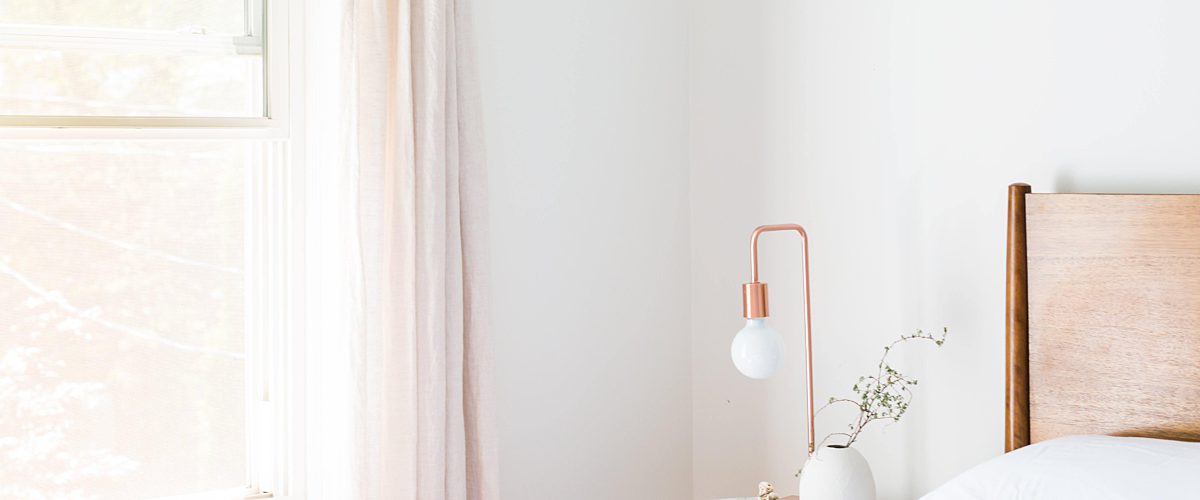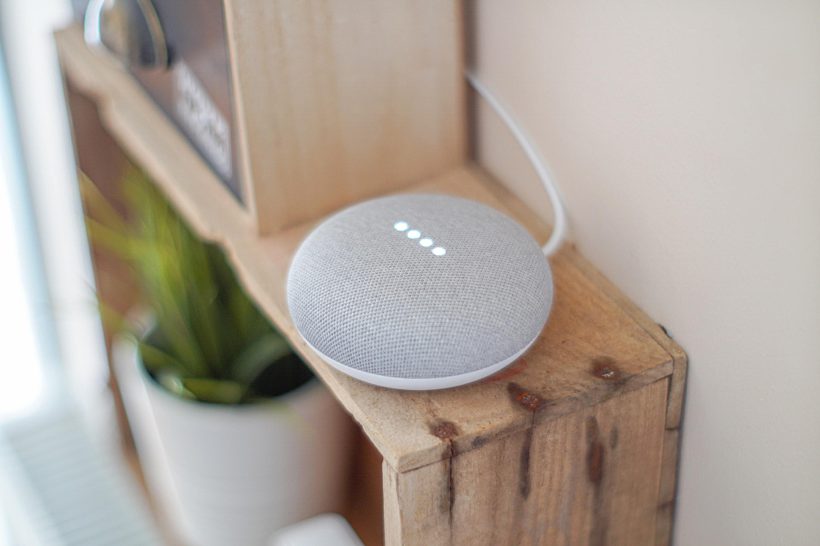
Home automation overwhelming? Here are some tips to get you started
As you’re looking to dig into the potential of smart home technology, things can get complicated and overwhelming really quickly. A calculated approach to these new technologies will help you make the right choices for the tech you need.
Home automation is the kind of tech in your home to automate different tasks, ranging from security to entertainment. Within this spectrum, there are a lot of options such as smart LEDs that turn on automatically when someone walks into the room, kitchen gadgets such as automated coffee machines, smart shades for your windows that open and close with the sun, and, of course, connected entertainment gadgets.

Smart home tech covers many different devices that do a lot of different things. To complicate things even more, home automation is only a part of this.
Google Home Mini
Did we mention it can get overwhelming? Here’s a set of tips to get you started the right way:
- Start small
Find a gadget that you like and understand. Smart lighting is a classic to start off with, but so are mini plugs that switch on and off devices or outlets according to your programmed schedule.
- Once you’ve gotten used to the gadget in your home, it's a lot easier to find gadgets that are complementary and can make it even smarter.
Voice control is another great way of creating a hub for all your tech while also being a good starting point. Products like Amazon Echo or Google Home smart speakers will beef up the interaction you will have with your home. - So you’ve got your first bits of tech and a speaker to control all of them.
From now on, it is surprisingly easy to keep on expanding the tech in your home with compatible gadgets that these speakers can work with. - Make sure to keep things secure as you add cloud connected gadgets to your home.
Stick to established brands with good track records that take your security seriously. Avoid products like cheap WiFi cameras that come with default passwords. Instead, Nest security WiFi cameras come with a QR-code on the back which you need to scan during set-up.
Keep this advice in the back of your head when taking your first steps in home automation, and the end result will not be disappointing.


